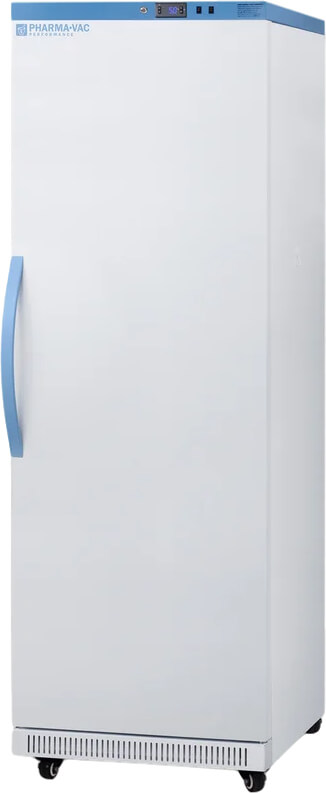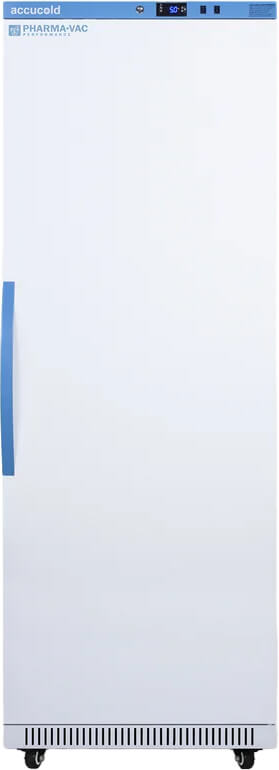Auxo Medical: Your Medical Equipment Service and Repair Company
When it comes to running a medical practice, having reliable and well-maintained equipment is crucial. Malfunctioning equipment can disrupt patient care and increase operational costs. That’s why it’s essential to partner with a trusted medical equipment service and repair company like Auxo Medical. With decades of experience, Auxo Medical is dedicated to providing top-quality inspections, maintenance, repairs, and parts for medical equipment.
The Importance of Reliable Medical Equipment
In a medical practice, every appointment and procedure relies on the functionality of medical equipment. From anesthesia machines to sterilizers and biomedical equipment, each piece plays a vital role in delivering quality patient care. When equipment malfunctions, it can lead to delays, compromised safety, and increased costs.
Auxo Medical understands the significance of reliable medical equipment. They believe that healthcare professionals should be able to focus on their patients’ needs without worrying about technical hiccups. By providing comprehensive service, maintenance, and repair solutions, Auxo Medical ensures that medical practices can operate smoothly and consistently.
Comprehensive Service, Maintenance, and Repairs
Auxo Medical offers a wide range of services to meet the unique needs of medical practices. Whether you need a quick fix, emergency repair, or preventative maintenance, their team of experts is ready to assist you. Here are some of the services they provide:
1. Biomedical Equipment Services
Auxo Medical has AAMI Certified Biomedical Equipment Technicians (CBET) on staff. Our trained technicians perform preventative maintenance, repairs, and calibrations to keep your equipment operating under NFPA99 standards and AAMI recommendations. By entrusting your biomedical equipment to Auxo Medical, you can ensure that it is in safe and reliable condition.
2. Sterile Processing Equipment Services
Sterilizers, autoclaves, washer disinfectors, and boilers are essential for maintaining a sterile environment in medical facilities. Auxo Medical specializes in sterilization and offers preventative maintenance programs to keep your capital equipment running smoothly. Their programs minimize downtime and ensure that your facility operates in compliance with joint commission standards.
3. Anesthesia Equipment Services
Auxo Medical’s Biomedical Equipment Technicians are also trained in maintaining and repairing anesthesia equipment. With manufacturer certifications from GE and Mindray, they provide preventative and corrective maintenance according to manufacturer specifications. Their preventative maintenance plans offer competitive rates and ensure that your anesthesia equipment operates at its best.
Auxo Medical’s Field Service Areas
Auxo Medical is proud to offer field service areas in various states and regions, ensuring that medical practices across the country have access to their top-quality service and expertise. Here are the field service areas covered by Auxo Medical:
1. Atlanta, GA Maintenance & Repair Service Area:
Auxo Medical provides maintenance and repair services for medical equipment in the Atlanta, Georgia area. Whether you need routine inspections, emergency repairs, or parts replacement, their team of experts is ready to assist you.
2. North Florida Maintenance & Repair Service Area:
Medical practices in North Florida can rely on Auxo Medical for their equipment maintenance and repair needs. From Jacksonville to Tallahassee and everywhere in between, their technicians are available to ensure that your medical equipment is functioning optimally.
3. Central Florida Maintenance & Repair Service Area:
Auxo Medical extends its field service area to Central Florida, covering cities like Orlando, Tampa, and Gainesville. Their team is equipped to handle a wide range of medical equipment repairs and maintenance, providing prompt and reliable service.
4. South Florida Maintenance & Repair Service Area:
In South Florida, from Miami to West Palm Beach, Auxo Medical offers comprehensive maintenance and repair services for medical equipment. Their technicians are well-versed in the unique needs of healthcare facilities in this region and are committed to delivering exceptional service.
5. Dayton, OH Maintenance & Repair Service Area:
Auxo Medical serves medical practices in Dayton, Ohio, and the surrounding areas. Whether you need repairs for anesthesia equipment, biomedical equipment, or sterile processing equipment, their team is dedicated to keeping your equipment in optimal condition.
6. Grand Rapids, MI Maintenance & Repair Service Area:
Medical facilities in Grand Rapids, Michigan, can rely on Auxo Medical for their equipment maintenance and repair needs. Their technicians are highly trained and experienced in servicing a wide range of medical equipment, ensuring that your practice operates smoothly.
7. East Tennessee Maintenance & Repair Service Area:
Auxo Medical extends its field service area to East Tennessee, covering cities like Knoxville, Chattanooga, and Johnson City. Medical practices in this region can benefit from their expertise in equipment maintenance, repairs, and parts replacement.
8. Lexington, KY Maintenance & Repair Service Area:
Auxo Medical provides maintenance and repair services for medical equipment in Lexington, Kentucky, and the surrounding areas. Their technicians are committed to ensuring that your equipment operates reliably and efficiently.
9. Mid Atlantic Maintenance & Repair Service Area:
Auxo Medical covers the Mid Atlantic region, including Virginia, Maryland, North Carolina, and Washington D.C. Medical practices in these areas can rely on their expertise for equipment maintenance, repairs, and parts replacement.
10. Depot Repair Services
If our field service team’s coverage does not extend to your area, we want to reassure you that you still have access to our quality repair services through our depot repair option. This alternative means that you can send your equipment or products directly to our specialized repair facility, where our team of expert technicians will diagnose, repair, and return your items in optimal condition. This depot repair service ensures that, regardless of your location, you receive timely, efficient, and professional repairs, keeping your operations running smoothly with minimal downtime. We strive to make the process as convenient as possible, providing detailed instructions for shipping your items to us and ensuring a transparent, communicative service experience throughout the repair journey. Contact the team at Auxo Medical to see if our depot repair service is right for you.
Why Choose Auxo Medical?
Auxo Medical stands out as a trusted partner for medical equipment service and repair. Here are some reasons why you should choose Auxo Medical for your medical equipment maintenance and repair needs:
1. Expertise for the Highest Level of Service
Auxo Medical’s technicians are highly trained, experienced, and qualified to meet and exceed industry standards. They regularly receive additional manufacturer training to stay up-to-date with the latest technology. Their expertise allows them to perform preventative maintenance, troubleshoot technical issues, and comply with regulations. They also provide professional documentation and educate medical professionals on equipment usage and troubleshooting.
2. Core Values of Integrity, Professionalism, and Customer Focus
Auxo Medical values honesty, integrity, and professionalism in all interactions with customers and employees. They strive to create empowering work environments and encourage thoughtful risk-taking. Their commitment to outstanding customer relationships is reflected in their flexibility, commitment, and quality of service. They also prioritize teamwork, environmental sustainability, improvement, innovation, and safety.
3. Positive Testimonials from Satisfied Clients
Auxo Medical has received numerous positive testimonials from their clients, highlighting their exceptional service and cost savings. Clients appreciate their thorough communication, timely inspections, repairs, and paperwork. They value Auxo Medical’s willingness to support their businesses commercially and in services. The team’s qualifications, personalized service, attention to detail, and responsiveness have impressed clients and fostered long-term partnerships.
Contact Auxo Medical for Your Medical Equipment Needs
If you’re looking for a reliable and experienced medical equipment service and repair company, look no further than Auxo Medical. With their comprehensive range of services, highly trained technicians, and commitment to excellence, they are the ideal partner for maintaining and repairing your medical equipment. Contact Auxo Medical today to request a maintenance or repair quote and experience the difference they can make in your medical practice. Call (888) 728-8448.
FAQ
1. What types of medical equipment does Auxo Medical service and repair?
Auxo Medical services and repairs a wide range of medical equipment, including biomedical equipment, sterile processing equipment, and anesthesia equipment.
2. Are the technicians at Auxo Medical qualified and certified?
Yes, the techniciansat Auxo Medical are highly qualified and certified. They have AAMI Certified Biomedical Equipment Technicians (CBET) on staff who undergo regular training to stay updated with the latest technology and industry standards.
3. Does Auxo Medical offer preventative maintenance programs?
Yes, Auxo Medical offers preventative maintenance programs for various types of medical equipment. These programs are designed to minimize downtime and ensure that your equipment operates at its best.
4. How can I contact Auxo Medical for a maintenance or repair quote?
To request a maintenance or repair quote from Auxo Medical, you can fill out the form on their website. Provide your contact information, facility details, and a brief message describing your needs. Auxo Medical will get back to you promptly with a quote. Or call their office directly during business hours at (888) 728-8448.







